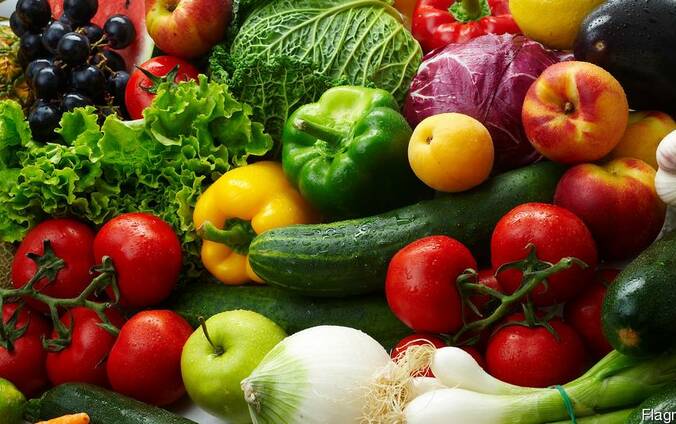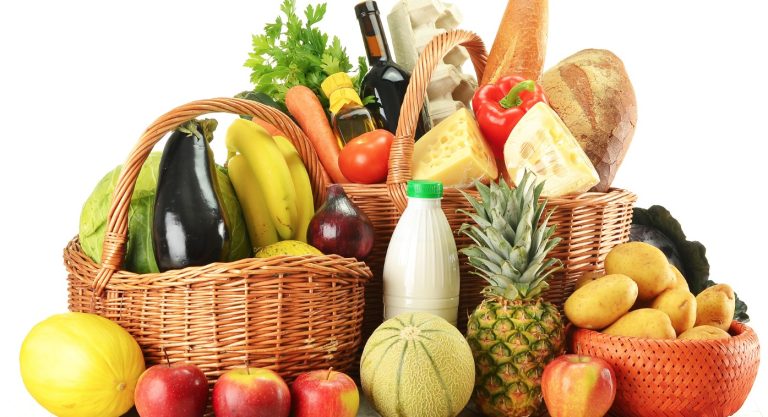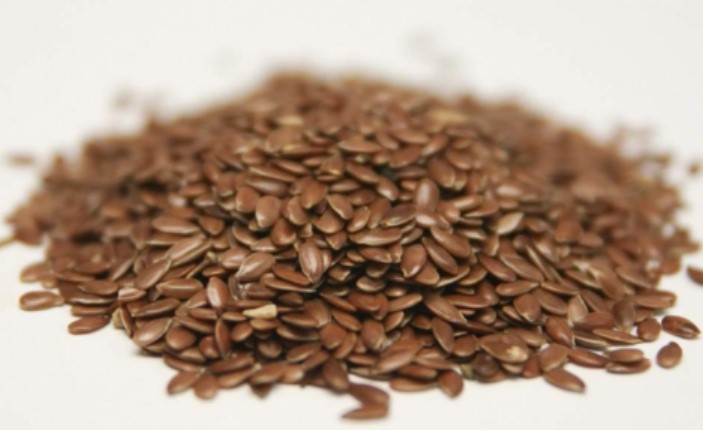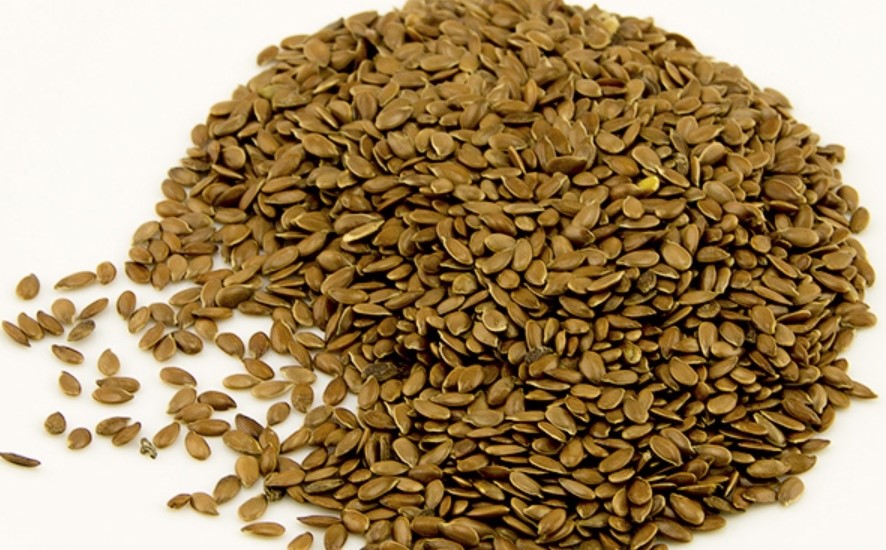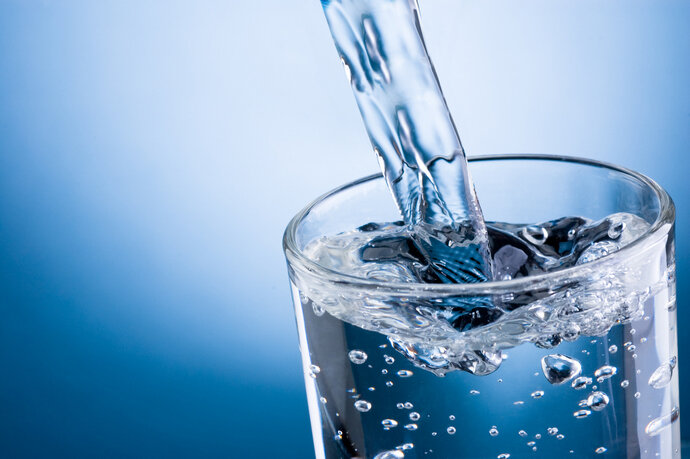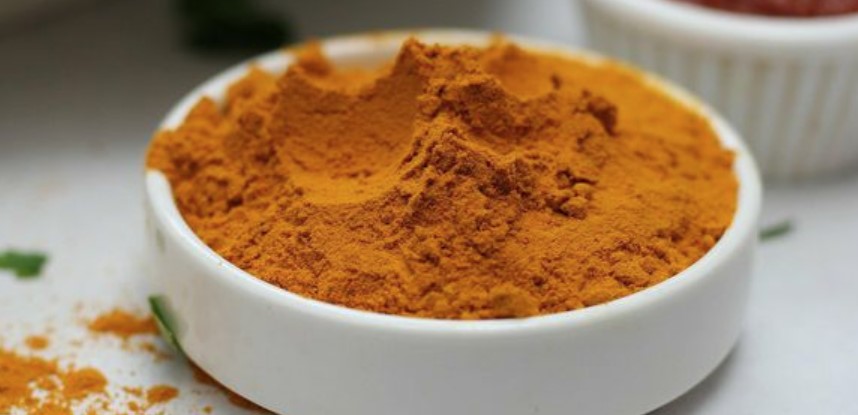Proper fasting can be interpreted in very different ways depending on the nutritional approach. We will show you which forms of fasting there are and how you can implement them yourself at home.
Proper fasting: There are these types of fasting

Fasting is originally a purely religious ritual that believers practice to free themselves from any distraction and thus establish contact with God. The interpretations are very different, but mostly the renunciation should serve the purification of the soul, penance, the defense against evil, the striving for concentration, enlightenment or salvation.
In addition to religious fasting, there is so-called therapeutic fasting. The Greek doctor Hippocrates is said to have spoken of this healing method almost two and a half millennia ago. The therapeutic fasting cure is intended to purify the body and/or cleanse the soul.
Therapeutic fasting has become a trend in recent years and fasting cures are becoming more and more popular. In Germany, some hospitals and clinics offer therapeutic fasting as fasting therapy. Today, many people resort to fasting, primarily to do something good for their health.
Different types of fasting have become established:
With so-called full fasting, the body is not supplied with any calories at all. The fasting drink only water and tea. This form of fasting is extremely risky and therefore not recommended from a medical point of view.
Buchinger fasting also integrates vegetable broth and juices.
Juice fasting focuses on various fruit and vegetable juices that you consume throughout the day.
While you should only go through the types of fasting mentioned so far for a limited period of time, you can firmly integrate what is known as intermittent fasting into your everyday life. You’re still eating regularly, but there are longer periods when you don’t eat at all and really fast. This includes, for example, dinner cancelling.
When is Lent in 2022?
In Christianity, people traditionally fast the 40 days before Easter, i.e. from Ash Wednesday up to and including Holy Saturday.
This year, the six-week Lent begins on March 2nd and ends on April 16th, 2022.
It is not advisable to strictly fast for the entire duration of “Lent”. Anyone who takes a fasting cure, a fasting holiday or a fasting day usually does so independently of the traditional fasting period.
What does fasting bring?
The supposedly positive effects of proper fasting have not yet been adequately scientifically proven. So far, there have mainly been studies that are based on animal experiments or a comparatively small number of participants. However, according to the Federal Ministry of Nutrition, there are indications that (intermittent) fasting has a positive effect on the brain, heart, fat cells, muscles, intestines, liver and blood.
Possible effects are, for example:
Reduce and prevent inflammation in the body
improved cognitive functions
higher muscle effectiveness
higher stress resilience
However, fasting is not a way to lose weight in the long term. During a zero diet, the body first reduces muscle mass and not fat. In addition, our organism wants to replenish its stores as quickly as possible after a zero diet, so that the well-known yo-yo effect easily occurs here. According to the DGE, only certain forms of intermittent fasting may prove to be a favorable aid for weight reduction.
Strict fasting methods are not suitable for older people, children, young people, pregnant women or people who suffer from certain diseases – they could even worsen the health situation. Uncontrolled fasting should also lead to a nutrient deficiency, cardiac arrhythmia or other complaints. So if in doubt, talk to your doctor. You can also inquire if there are reputable facilities in your area where you can practice proper fasting under supervision.
Correct fasting according to Buchinger: the basic rules
The so-called “Buchinger fasting” was developed by the doctor Otto Buchinger and is one of the most well-known types of fasting today. If you do the program independently at home, you should do it for about seven days.
Proper fasting according to Buchinger includes the following rules:
Lent begins with a day or two of rest to prepare you physically and mentally for the days to come. You take in about 600 kilocalories, mainly in the form of carbohydrates. For example, you can eat mostly brown rice or oatmeal with some fruit and vegetables throughout the day.
The first day of fasting is followed by defecation with the help of Glauber’s salt, laxative drops or laxative tea.
During the fasting period of about five days, you drink about 250 milliliters of tea with a little honey in the morning and afternoon. A quarter liter of fruit juice (freshly squeezed if possible) is on the menu for lunch and 250 milliliters of vegetable broth in the evening.
In addition, you should drink at least two liters of mineral water or unsweetened tea every day.
In some cases, you can also integrate oat or rice gruel as well as buttermilk and skimmed milk (or plant-based alternatives) into the fasting plan.
Use the time when you really fast to calm down inside. So you can do relaxation exercises and breathing exercises or meditations every day.
You should also move every day. So you can do light sporting activities such as walks, yoga or a short jog. Make sure not to overexert yourself physically, especially now, but to listen to your body’s signals.
To avoid a yo-yo effect after fasting and to slowly reintroduce your digestive system to solid food, you should only slowly increase the number of calories each day for the next five to seven days. At the beginning, use foods that are gentle on the stomach, such as potatoes and (steamed) fruit and vegetables, and later also whole grain products and yoghurt or quark. Animal protein should be reintroduced slowly.
Proper fasting also includes avoiding coffee, alcohol, sweets, and nicotine.
This is how intermittent fasting works
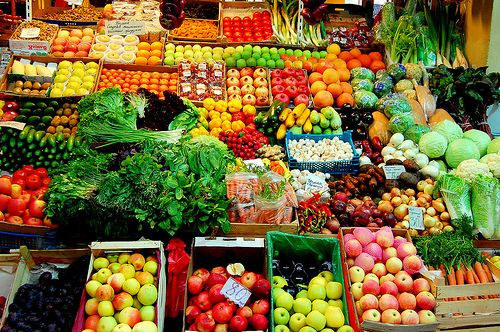
You have various options for designing intermittent fasting and adapting it to your lifestyle. The 16:8 method is particularly popular, i.e. fasting properly for 16 hours and eating within a period of eight hours. You simply extend your nightly fasting period, for example by stopping to eat at 7 p.m. the day before and having your first meal at 11 a.m. the following day.
Another well-known strategy involves eating as usual five days a week and then fasting two days straight. The Federal Ministry of Nutrition provides the following information for the fasting days:
Drink at least two liters a day. Use (warm) water, tea, vegetable broth or highly diluted fruit juices or spritzers.
Eat lots of vegetables on fasting days.
Also, include healthy sources of fat, such as vegetable oils (like olive oil or flaxseed oil), nuts, and seeds, in moderation in your fasting diet.
Avoid fatty animal foods. Instead, opt for protein sources with fewer saturated fats, such as legumes and nuts.
Replace white flour products with whole grains if possible. You can use oatmeal, whole grain pasta, spelled or brown rice, among other things.
To enhance your meals and save salt, you can use dried and fresh kitchen herbs, balsamic vinegar, mustard or horseradish, for example.
Also, make sure you get enough sleep and moderate physical activity.
In order to fast properly, you should also avoid stress as much as possible or develop strategies to better cope with stress.
8 tips for sustainable fasting
Instead of giving up all food, you could simply use the fasting period to avoid certain foods.
Here are eight sustainable suggestions:
Eat only regional foods – preferably only those that are in season or come from regional storage. Think about which region you want to limit yourself to: your district, a radius of 150 kilometers, your federal state or the whole of Germany? If you are consistent, you will have to do without a lot – but you can also use this opportunity to consciously find out what is growing and being produced around you and when. Take a look at our seasonal calendar to see what’s freshly available!
Don’t eat meat. Eating less meat is good for the environment and doesn’t harm your health either. Here are 10 tips to go a little more vegan.
Or you can go one step further and try out the vegan diet for a few weeks. It’s worth a try, isn’t it?
Buy only organic products. Far too expensive, you might think now. But is that really true? Just try it.
Don’t eat processed products. Fresh home-cooked food is more environmentally friendly, tastier and healthier than ready-made meals. And you can also easily make finished products such as vegetable broth yourself.
Stick to the 5-a-day rule: two handfuls of fruit and three handfuls of vegetables every day. It’s actually a very simple rule!
Only buy fair trade products. Surely your purchase will be a bit more complex and maybe you have to do without a few things. But fasting is about conscious renunciation!
Only buy unpackaged groceries – plastic fasting, so to speak. This requires a little bit of effort and preparation, but with these 4 simple tips for bulk shopping it will definitely work. Also interesting: plastic-free shopping in online shops
Proper fasting: It’s in your hands
In the end, you have to decide for yourself what “properly fasting” means for you personally and adapt it to your individual situation. If the conventional types of fasting are too radical for you, you can only do without sugar, alcohol, ready meals, meat or cigarettes for a certain period of time.
Fasting doesn’t have to be just about diet either. In the sense of a “digital detox”, you can do without social media, television or your smartphone for a while and thus consciously make time for other things that are often neglected in everyday life. Such a “strict” fasting period can then be the beginning of dealing with yourself and your fellow human beings more consciously and mindfully.

Many people also want to combine fasting with a break from everyday life. A fasting holiday offers the opportunity to consciously calm down and find oneself without the stress of everyday life – for example fasting hiking: for a few days you go without food and hike through nature. Fasting is often done according to Buchinger, but some organizers also offer raw food fasting, smoothie fasting or alkaline fasting. Just do some research on the internet.



